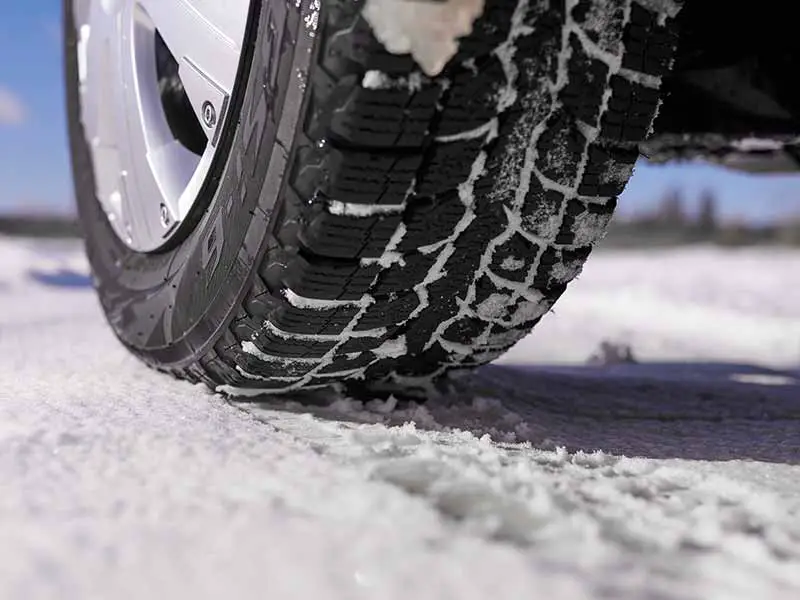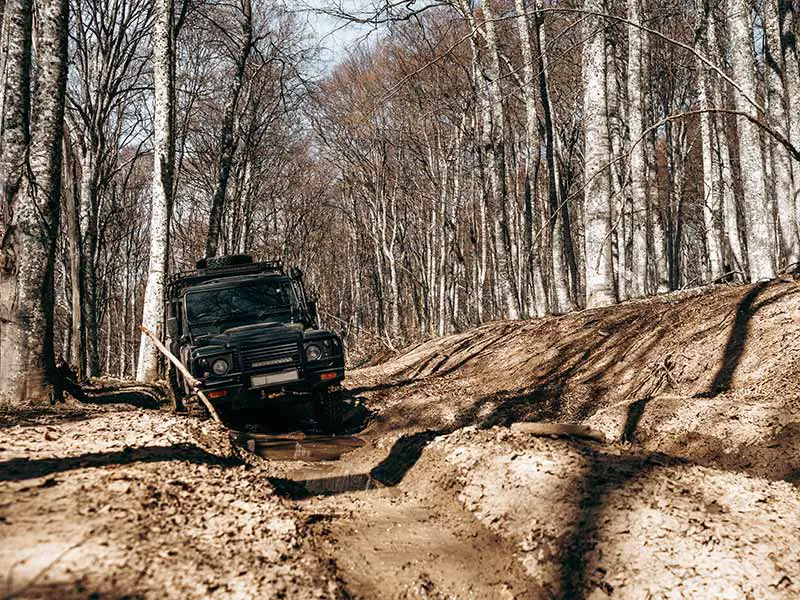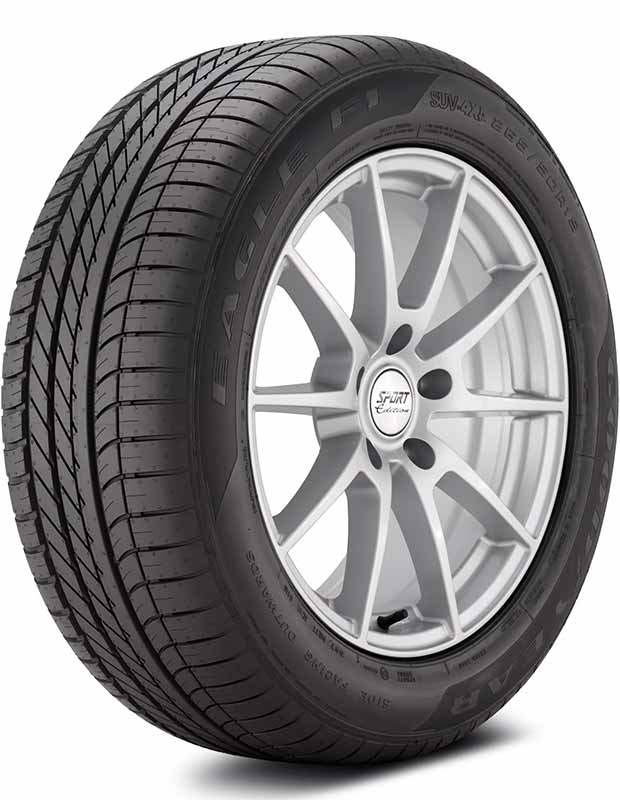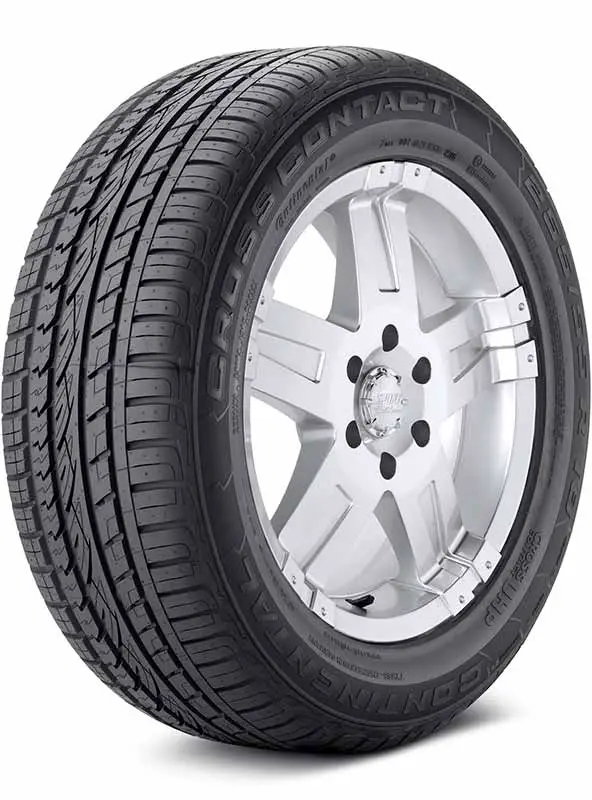Ever felt that uneasy slip on the road or wondered if your car’s tires are griping the pavement properly? Tire pressure isn’t just about comfort and a smooth ride; it’s about safety, performance, and even saving money.
Best Tire Pressure For Traction
Typically, the best tire pressure for traction is the manufacturer’s recommended pressures found in the driver’s door jamb. This reduces hydroplaning risks and ensures the full width of the tire’s footprint contacts the road surface evenly.
There are situations, such as drag racing, off roading, or deep snow for example, where reducing air pressure slightly can provide more traction by increasing the contact patch of the tire.
In this article, we’ll dive deep into the world of tire pressures, exploring how different levels can affect your vehicle’s grip on the road, the optimal pressures for various driving conditions, and the risks of getting it wrong.
Let’s take a closer look.
Effects of Higher and Lower Tire Pressures
Ensuring you have the correct amount of air pressure in your tires keeps the tire tread flat across its width and better able to do its job. higher and lower pressures change the shape of the tire and can have lots of negative effects.
What Happens with Higher Tire Pressure?
When you put more air into your tires than recommended, this is called higher tire pressure. Here’s what can happen:
- Less Contact with the Road: The middle part of the tire bulges out and touches the road more than the sides. This means less tire is touching the road.
- Rougher Ride: Your car might feel bumpy and not as smooth.
- Tires Wear Out Faster: The middle part of the tire can wear out quicker because it’s touching the road more.
- Risk of a Flat Tire: Too much air can make the tire stretch too much and it might get damaged or burst.
What Happens with Lower Tire Pressure?
When there’s less air in your tires than you should have, this is called lower tire pressure. Here’s what can happen:
- More Contact with the Road: The tires flatten out a bit. This means more of the tire is touching the road.
- Smoother Ride: Your car might feel smoother, but it’s not always good for the tires.
- Tires Wear Out Unevenly: The outer edges of the tire can wear out faster because they’re touching the road more.
- Using More Gas: Your car has to work harder and can use more gas when the tires are low on air.
- Overheating Risk: Tires can get too hot when they don’t have enough air, which can lead to damage.

Factors Influencing Optimal Tire Pressure
There is no one-size-fits-all air pressure that your tires will operate best. Let’s go over all of the different conditions and factors that affect tire traction.
The Weight of Your Vehicle
Your car or truck’s weight can change how much air you should have in your tires.
- Heavier Loads:
- If you’re carrying a lot of stuff or many people, your car becomes heavier.
- Sometimes, you might need a bit more air in your tires to support this extra weight.
- But don’t add too much air. Always stay close to the recommended number.
- Lighter Loads:
- If you’re just driving by yourself without much stuff in the car, it’s lighter.
- Stick to the recommended tire pressure for normal driving.
The Condition and Depth of Your Tire Tread
The tire tread is the pattern you see on the surface of tires. This pattern helps tires grip the road.
- New Tires:
- When tires are new, their tread is deep and fresh.
- New tires usually work best at the recommended tire pressure.
- Older Tires:
- As you use tires, the tread becomes shallow because it wears out.
- Worn-out tires might need a different tire pressure. It’s good to check them more often.
Changes in Weather
The weather can change the air inside your tires.
- Cold Weather:
- Air becomes denser when it’s cold. This means you might have less air in your tires on cold days.
- It’s a good idea to check your tire pressure when the weather gets colder.
- Hot Weather:
- Air expands when it’s hot. So, on hot days, your tires might have a bit more air.
- Be careful not to let too much air out. Always make sure there’s enough for safe driving.
Different Types of Tires
Not all tires are the same. Some are made for specific purposes.
- Winter Tires:
- These are made for cold and snowy weather. They might need a different tire pressure than regular tires.
- Sport Tires:
- These are for fast driving. They can be different from regular tires, so always check their recommended pressure.
- Truck Tires:
- Trucks are heavier and might use different tires. These tires can have a different recommended pressure.

Optimal Tire Pressure for Different Driving Conditions
While the vast majority of the time, the manufacturer’s recommendations regarding air pressure are ideal, but there are some situations that do benefit from lower pressures to increase traction.
On-road vs. Off-road Driving
When you drive on regular roads, like in a city or on a highway, that’s called on-road driving. But when you drive on dirt, gravel, or rough paths, that’s called off-road driving. The amount of air in your tires can change based on where you’re driving.
- On-road Driving:
- Stick to the recommended tire pressure. This is the number in your car’s manual or on the sticker inside the driver’s side door.
- This helps your car drive smoothly and safely on regular roads.
- Off-road Driving:
- Some people let out a bit of air from their tires. This makes the tires a bit softer.
- Softer tires can grip rough and uneven surfaces better.
- But remember, if you let out too much air, it can be bad for your tires. Always make sure there’s enough air to keep the tires safe.
Driving in Snow
Snow can be slippery and hard to drive on. Adjusting your tire pressure can help.
- Lower Tire Pressure:
- A bit less air in your tires can give them a better grip on snowy roads.
- But don’t let out too much air. It’s important to keep the tires safe.
Racing and Track Days
If you’re driving really fast on a race track, the tire pressure can be different.
- Racing Slicks:
- These are special tires for racing. They’re smooth and don’t have the usual patterns you see on regular tires.
- They often need a different tire pressure than regular tires. Always follow the recommendations for these special tires.
- Drag Racing and Track Days:
- For fast, straight-line racing, some drivers use a bit less air in their tires for better grip.
- For track days, where you drive fast around a circuit, the tire pressure can vary. It’s best to check with experts or follow guidelines for the specific track.

Understanding Tire Pressure Basics
Tire pressure is the amount of air inside your tire. It’s measured in PSI, which stands for “pounds per square inch.” Think of it like this: if you have a balloon and you fill it with air, the balloon gets tight. The more air you put in, the tighter it gets. Tires work the same way. The amount of air in them determines how tight or soft they are.
Why is Tire Pressure Important?
- Safety: The right amount of air in your tires helps your car grip the road better. This means you can steer, stop, and start your car safely.
- Comfort: When your tires have the right amount of air, your car ride feels smoother.
- Saving Money: Tires with the correct air pressure last longer and help your car use less gas.
How Do I Know the Right Amount of Air for My Tires?
Every car or truck has a recommended tire pressure. This number tells you how much air should be in your tires. You can find this number:
- In your car’s manual.
- On a sticker inside the driver’s side door.
- Sometimes, on the tire itself.
It’s important to check your tire pressure regularly. Tires can lose air over time, or when the weather gets colder.
How to Check Tire Pressure
- Get a Tire Pressure Gauge: This is a small tool that measures the air in your tires. You can buy one at a car parts store.
- Check Tires When They Are Cold: It’s best to check your tire pressure in the morning before you drive, or after your car has been sitting for a few hours.
- Remove the Cap from the Tire’s Air Valve: This is a small cap on your tire where air goes in or out.
- Press the Gauge onto the Valve: When you do this, the gauge will show a number. This number is your tire’s current pressure.
- Compare the Number to the Recommended Pressure: If the number is too high, let some air out. If it’s too low, add some air.
Resources
Below are some links you may find helpful when learning about tires
- Should you lower tire pressure to gain traction in snow? – Consumer Reports
- What tire pressure do I use for track and autocross? – Tire Rack
- Why lowering air pressure helps off road traction – Motor Trend
Final Thoughts
Not only does it ensure a safer driving experience by optimizing traction, but it also prolongs the life of your tires and can even improve fuel efficiency.
Whether you’re cruising city streets, tackling off-road terrains, or navigating snowy paths, always remember to check and adjust your tire pressure according to your vehicle’s recommendations and the conditions you’re driving in. It’s a simple step that offers significant benefits.
Good luck and happy motoring.




